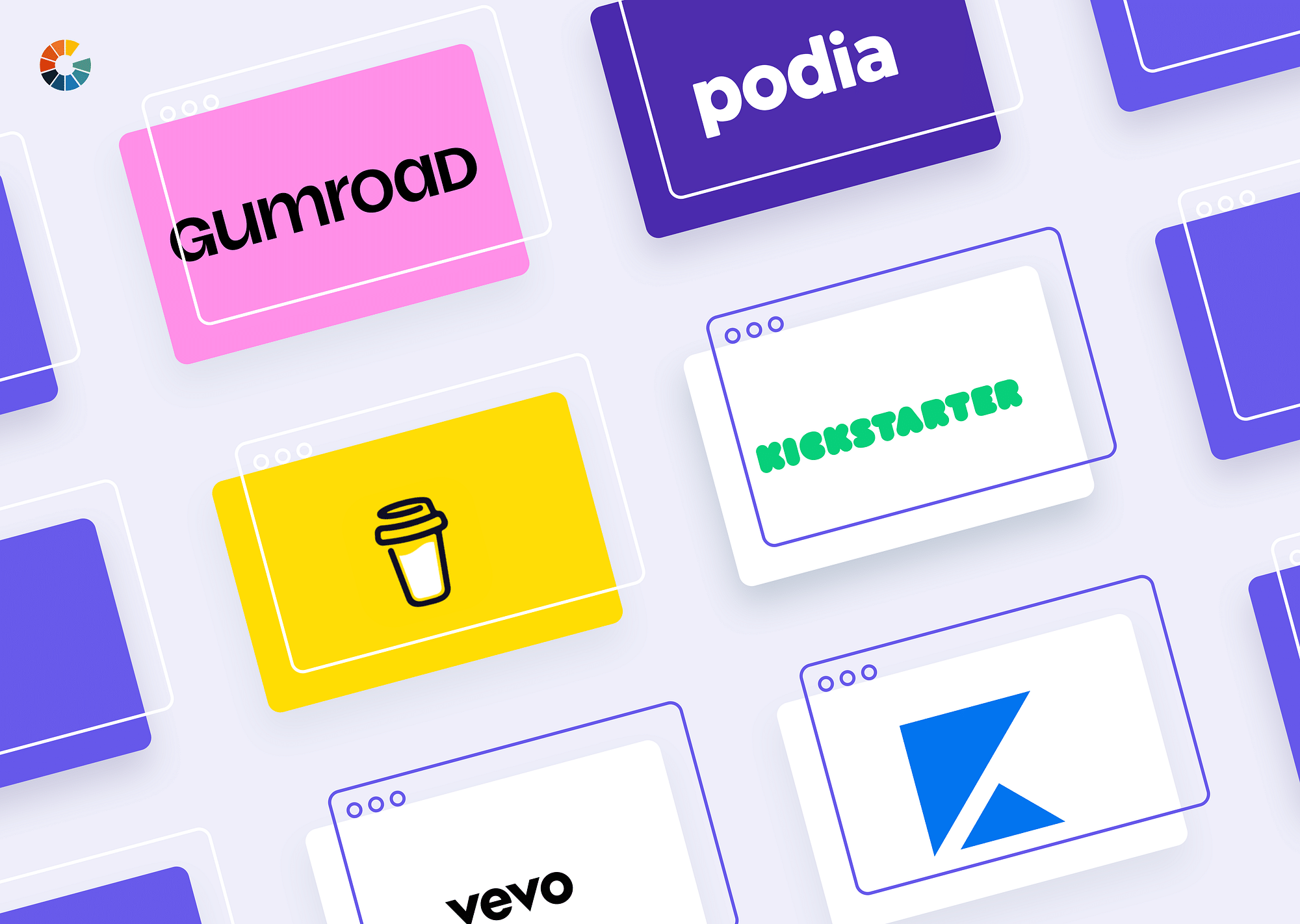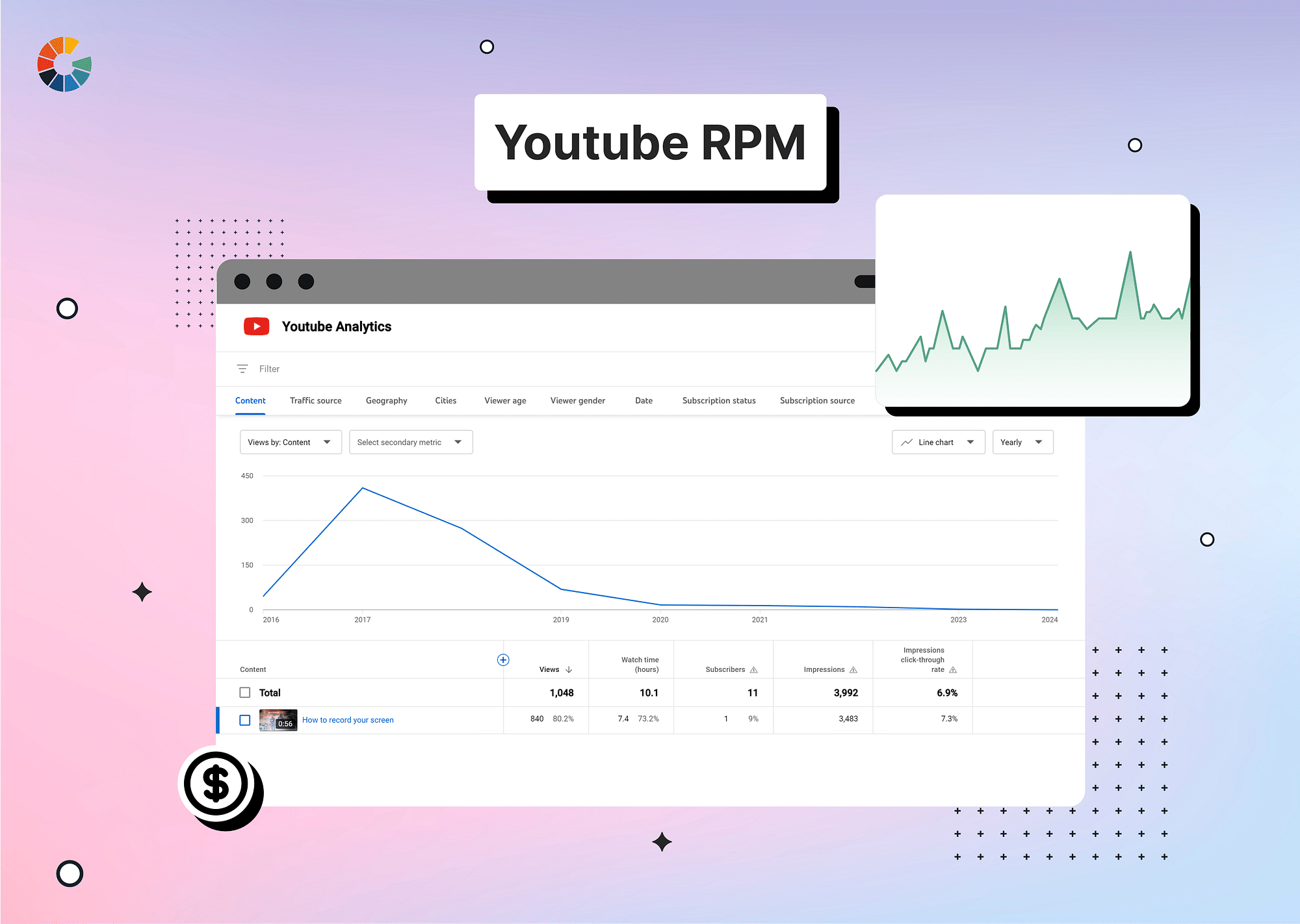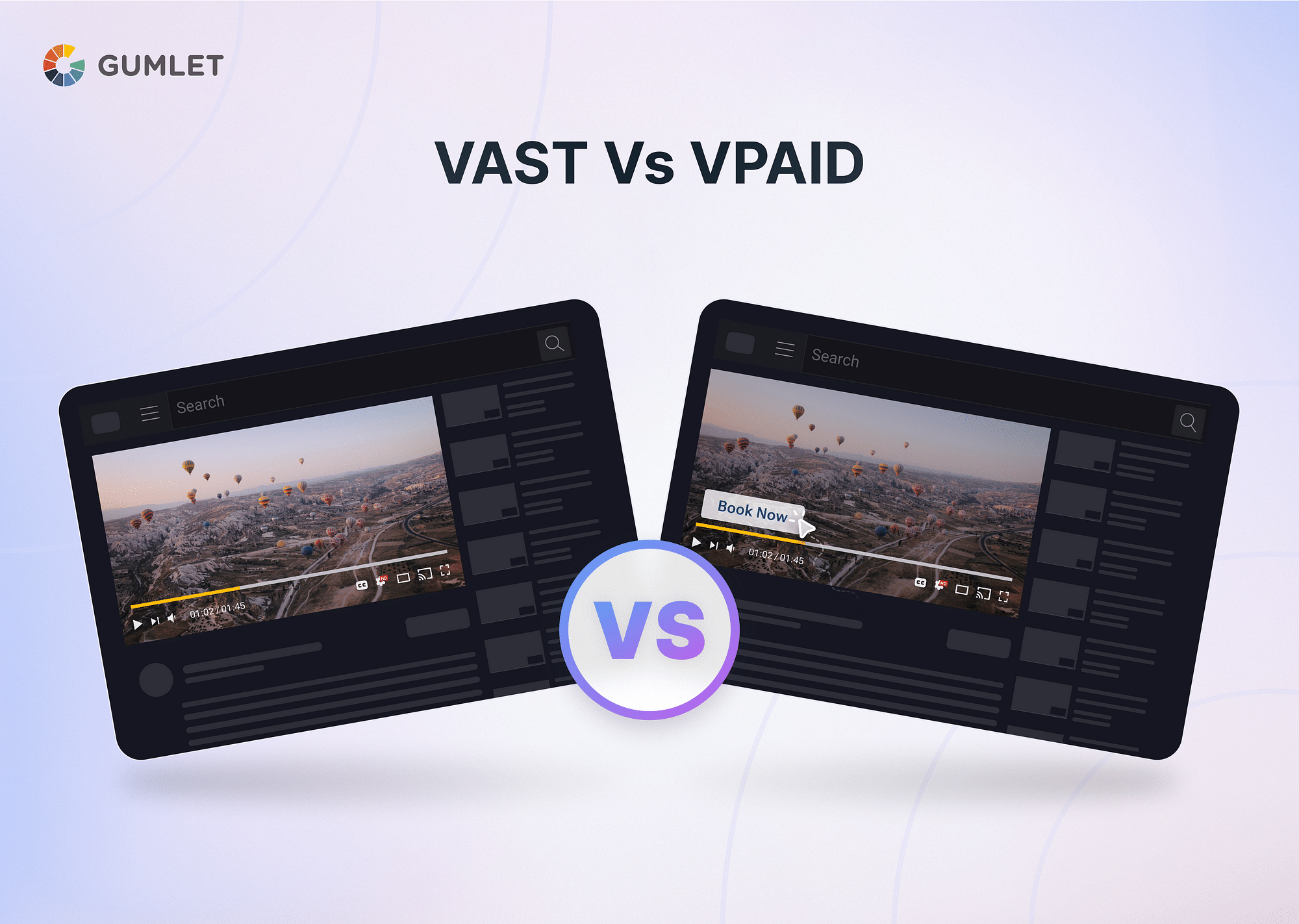What is Content Monetization?
Content monetization is the strategic process of generating revenue from online content. This content can range from written articles, videos, and podcasts, to digital art and more. The key benefits of content monetization include establishing a consistent revenue stream, expanding audience reach, fostering community engagement, and reinforcing personal or brand authority.
Types of Content You Can Monetize
Various content formats offer unique opportunities for monetization. From videos to blogs, each type caters to different audience preferences and monetization strategies. Let's explore the key types of content you can turn into revenue streams.
Recorded Video & Live Streaming
This encompasses a broad range of content, including online courses, tutorials, workshops, and live broadcasts. These formats are highly engaging, offering real-time interaction and a dynamic way to present information. Video monetization can be done through direct sales, subscriptions, advertisements, or sponsorships, making them versatile in the digital marketplace. Their appeal lies in their ability to connect with audiences visually and experientially, often leading to higher engagement rates.
Podcasts and Audiobooks
Podcasts and audiobooks represent the growing trend of audio content, prized for its convenience and accessibility. They cater to audiences looking for entertainment or education on the go, fitting seamlessly into busy lifestyles. Monetization avenues include sponsorships, advertisements, and subscription models. Their strength lies in creating a personal connection with listeners, often leading to a loyal and dedicated audience base.
E-books and Blogs
E-books and blogs offer a platform for in-depth exploration of a wide range of topics, from educational content to personal narratives. They attract readers seeking comprehensive insights, detailed information, or engaging storytelling. Monetization can be achieved through sales, affiliate marketing, sponsored content, or advertising. The value of these formats lies in their ability to establish the creator as an authority in their niche, building trust and credibility with their audience.
Different Monetization Models to Earn Money from Content
Navigating the world of content creation involves not just producing engaging material but also understanding how to profit from it. There are several monetization models available, each with its own set of advantages and challenges. Whether it's through direct sales, advertisements, or partnerships, these models offer creators diverse ways to turn their content into a sustainable income source. Let's delve into some of the most effective monetization strategies in the digital content realm.
Ad-based Monetization
Ad-based monetization involves incorporating various forms of advertising into your content. This includes display ads, video ads, sponsored posts, and native advertising, where ads are seamlessly integrated into the content. The major advantage of this model is its potential for wide reach and the ability to generate passive income as your content continues to attract viewers. However, there are drawbacks: ads can be intrusive, potentially detracting from the user experience, and the revenue heavily depends on consistent high traffic and viewer engagement.
Subscription Models
Subscription models offer a way to monetize content by providing exclusive access through paywalls or membership plans. Users pay a recurring fee to access premium content, special features, or a more personalized experience. The strengths of this model lie in its ability to generate a steady stream of revenue and foster a loyal audience base committed to your brand. However, it can pose a barrier to new audience acquisition, as not all users are willing to pay upfront without experiencing the content first. Additionally, maintaining high-quality, consistent content is crucial to retain subscribers.
Brand Collaboration and Affiliate Marketing
This model involves forming partnerships with brands and integrating affiliate links into your content. Creators can earn commissions on sales generated through these links or get paid for branded content that promotes a product or service. The potential for high earnings and the opportunity to enhance brand credibility are significant pros. However, it requires careful alignment with brand values to maintain authenticity and avoid audience skepticism. The success of this model hinges on the creator's ability to produce content that resonates both with their audience and the brand’s objectives.
Content Licensing and Syndication
Content licensing and syndication involve selling your content to other platforms or publications. This can include syndicating a popular blog post to a larger publication or licensing a video series to a streaming platform. This model offers new revenue streams and the chance for broader distribution and reach. The downside is the potential loss of content exclusivity and the risk of diluting your brand if your content is associated with too many different platforms or divergent brands.
Community Building and Services
Focusing on community building involves growing an engaged audience and offering exclusive memberships, consultations, or personalized services. This model fosters a sense of community among your audience, leading to higher engagement and diversified income sources. Memberships might offer exclusive content, direct interactions with the creator, or other perks. The challenges include the time and effort required to maintain and engage with the community consistently, as well as the need to offer value that justifies the membership or service fees.
Top Content Monetization Platforms for Every Creator
Proper content monetization requires choosing the right platforms that align with your content type and audience. Each platform offers unique features and benefits, making some more suitable than others depending on your specific needs. Here, we'll delve into the top platforms across various content categories, highlighting their key attributes to help you make an informed decision for your monetization journey.
For Video Creators
- YouTube: A powerhouse for video content, YouTube offers unparalleled global reach and a diverse audience. Creators earn through ad revenue sharing, with the potential for significant earnings based on viewership. Benefits include a vast audience and the ability to monetize a variety of video types.
- Patreon: Ideal for creators seeking direct support, Patreon allows monetization through membership subscriptions. It offers a more intimate platform for creators to connect with their audience, providing exclusive content and building a loyal community.
For Audio Content Creators
- Podbean: As a leading podcast hosting platform, Podbean offers monetization through ads and sponsorships. It appeals to podcasters of all levels, providing tools for distribution and analytics with the benefit of an integrated advertising marketplace.
- Audible: Focused on audiobook publishing, Audible allows creators to earn through revenue sharing. It's ideal for authors and storytellers, offering access to a large audience of avid book listeners and the credibility of a well-known brand.
For Writers/Bloggers
- Substack: This platform revolutionizes newsletter publishing with a subscription model. It's perfect for writers who want to monetize their mailing list, offering benefits like direct reader revenue and complete editorial control.
- WordPress: A versatile blogging platform, WordPress supports both ad-based and subscription monetization models. It's suitable for a wide range of bloggers, offering the flexibility to customize and control your digital presence with the benefit of a vast plugin ecosystem.
For Social Media Creators
- Instagram: Known for its visual content, Instagram offers monetization through brand partnerships and sponsored content. It's ideal for creators looking to leverage a large and engaged audience, with benefits including high user engagement and diverse content formats.
- Twitch: Primarily a platform for live streaming, especially in gaming, Twitch enables monetization through subscriptions, donations, and ad revenue. It appeals to creators who engage with their audience in real time, offering benefits like a dedicated and interactive community.
Best Strategies for Monetizing Online Content
To maximize the potential of your digital content, it's essential to adopt effective monetization strategies. These strategies are not just about earning revenue; they're about understanding your audience, leveraging the right tools, and adapting to changing digital landscapes. Here are key strategies to enhance your content monetization efforts:
Optimizing Content for Search & Discovery
Enhancing your content's visibility through search engine optimization (SEO) is crucial. This involves using relevant keywords, creating quality content, and ensuring your content is easily discoverable. An optimized presence leads to increased traffic, which can translate into higher monetization opportunities.
Tracking Performance & Experimenting
Monitoring your content's performance through analytics tools helps you understand what resonates with your audience. Regularly experiment with different types of content, formats, and marketing strategies. This data-driven approach allows you to refine your content and monetization methods effectively.
Diversifying Revenue Streams
Relying on a single monetization method can be risky. Diversify your income by exploring various monetization models like ads, subscriptions, sponsorships, or selling digital products. This not only increases your earning potential but also provides financial stability in the dynamic digital market.
Utilizing Social Media and Community Building
Social media platforms are powerful tools for promoting content and building a community. Engaging with your audience on these platforms can foster a loyal following. A strong community not only supports direct monetization methods like memberships but also enhances the overall value of your content in the eyes of advertisers and collaborators.
Conclusion
Monetizing content effectively requires understanding various platforms and models and strategically leveraging them to build a sustainable income. It's about creating value, engaging with the audience, and continuously innovating.
FAQs
Do I need a large audience to monetize?
Not necessarily. Niche audiences can be highly valuable, and several monetization models work well with smaller, engaged audiences.
How to monetize social media?
Through sponsored content, brand partnerships, affiliate marketing, and platform-specific monetization tools like Instagram's Shop feature.
How do I protect my content from ad blockers and ad fraud?
Focus on high-quality, engaging content, diversify monetization strategies beyond ads, and use anti-ad fraud tools.
What is cross-audience monetization?
Cross-audience monetization refers to a strategy where content creators or businesses generate revenue by leveraging multiple audience segments across different platforms or channels. This approach acknowledges that a single piece of content or a product can appeal to various audience demographics, each with its distinct preferences and behaviors. By tailoring content, advertising, and monetization strategies to these diverse groups, creators and businesses can maximize their revenue potential.




